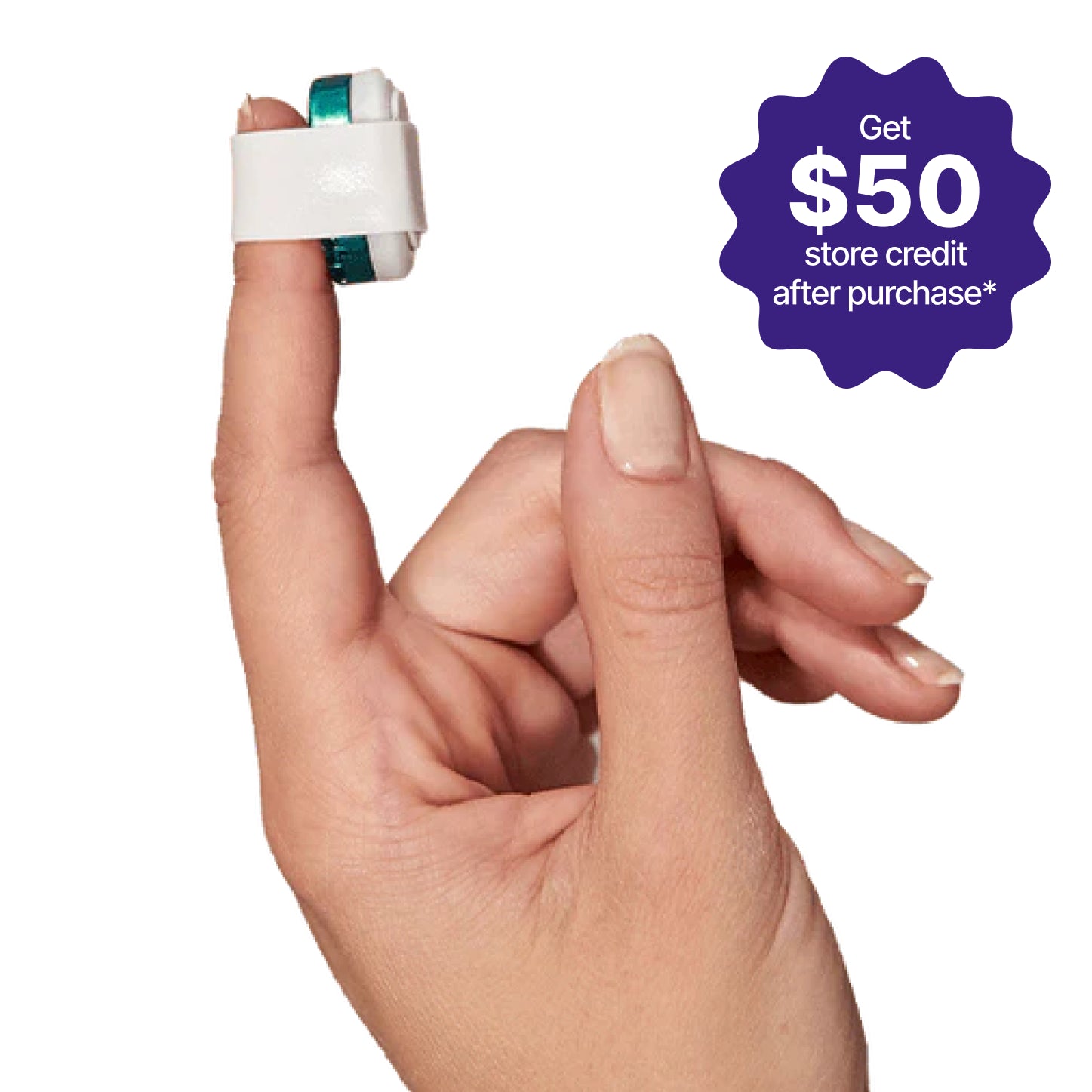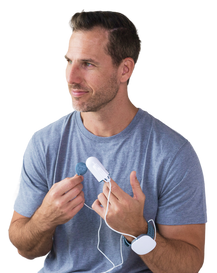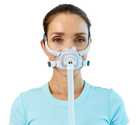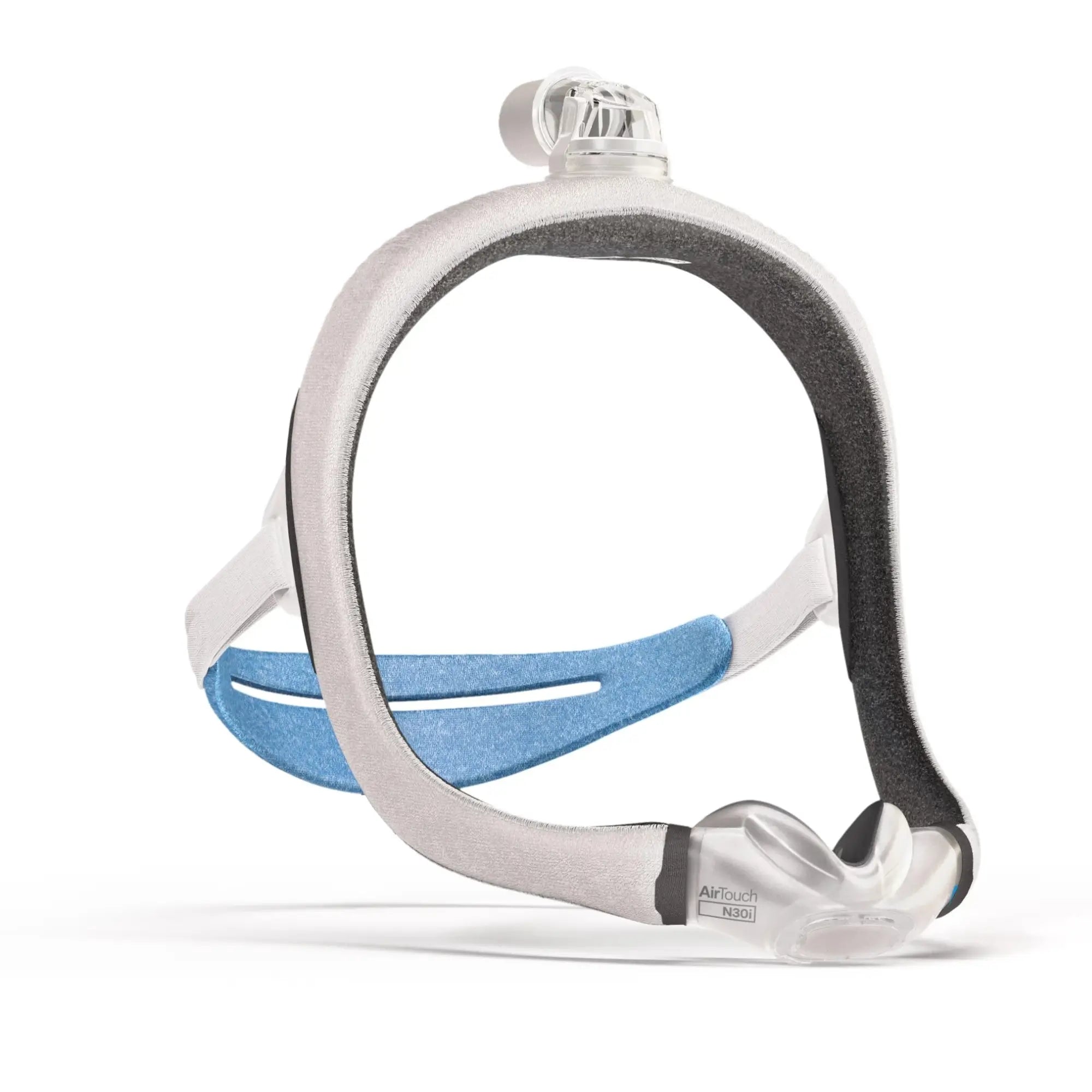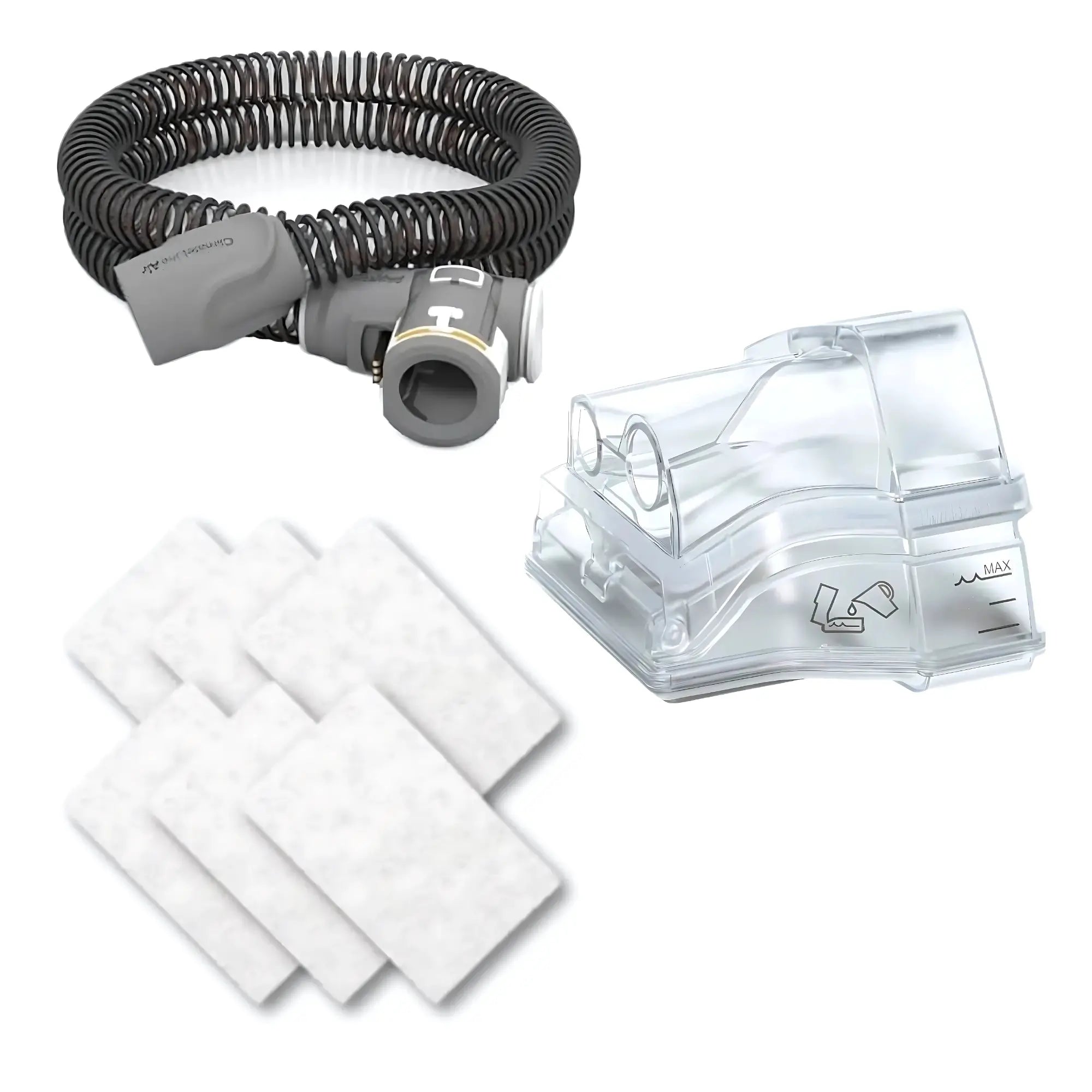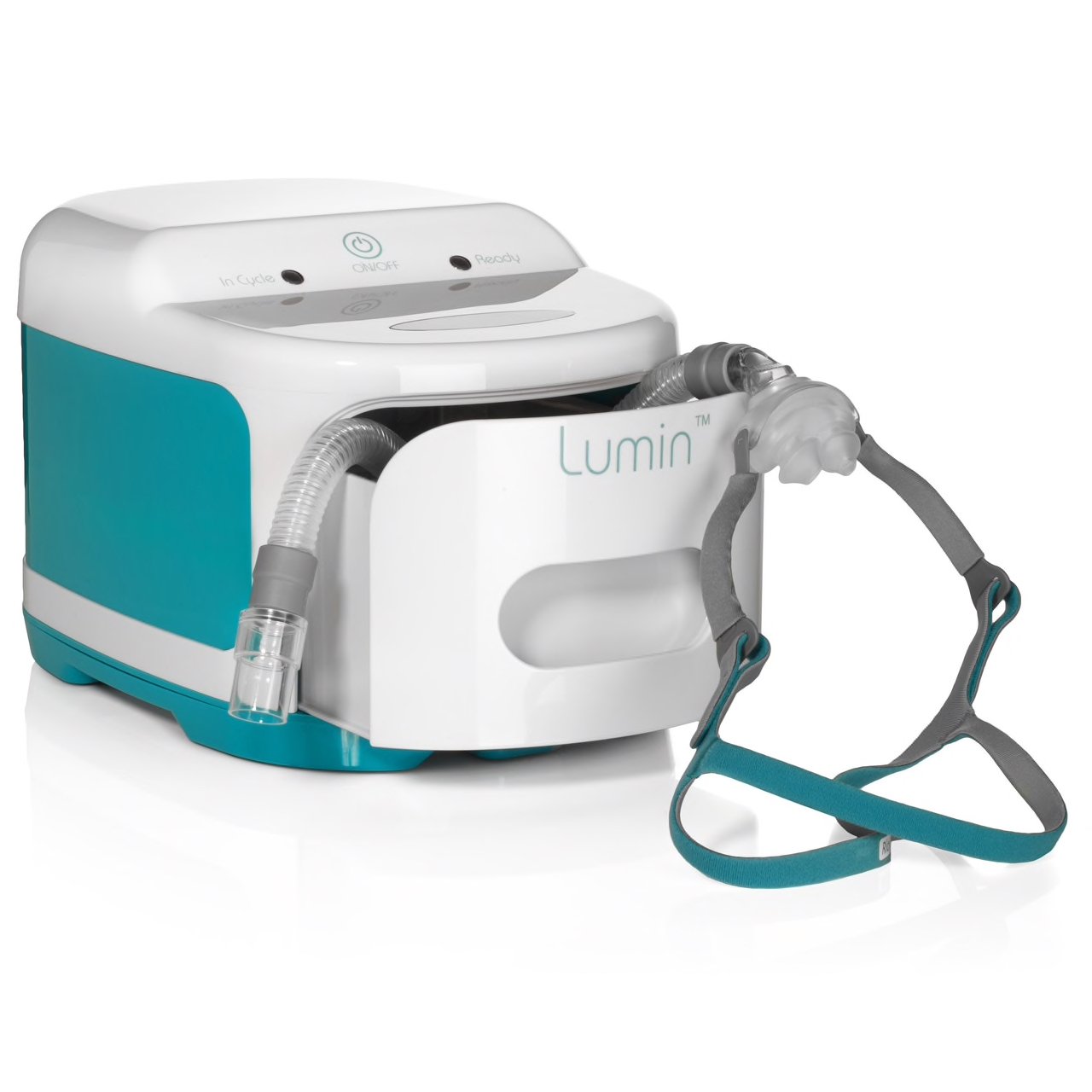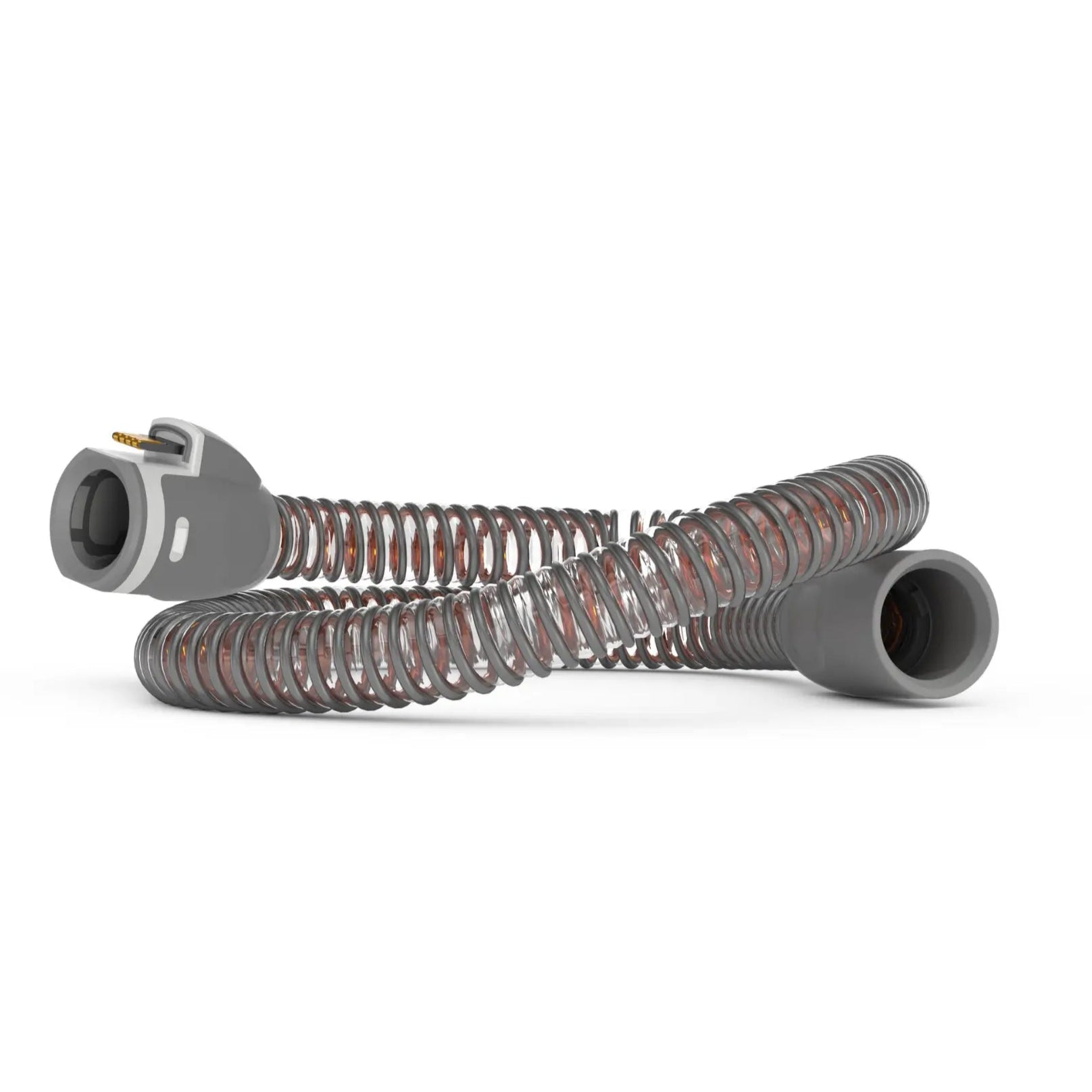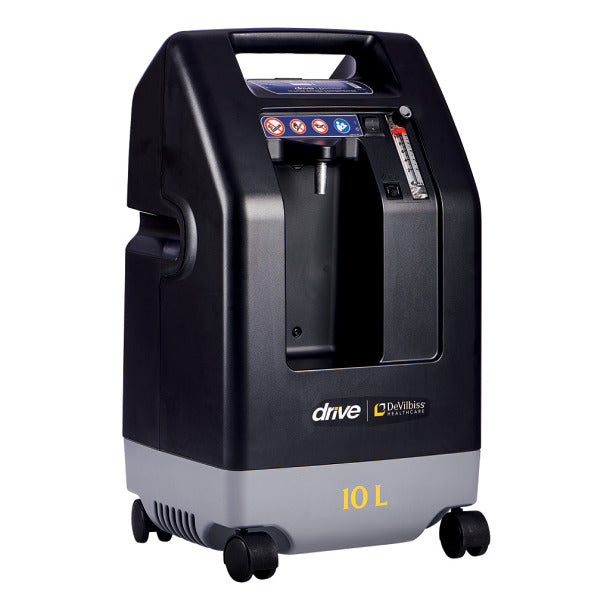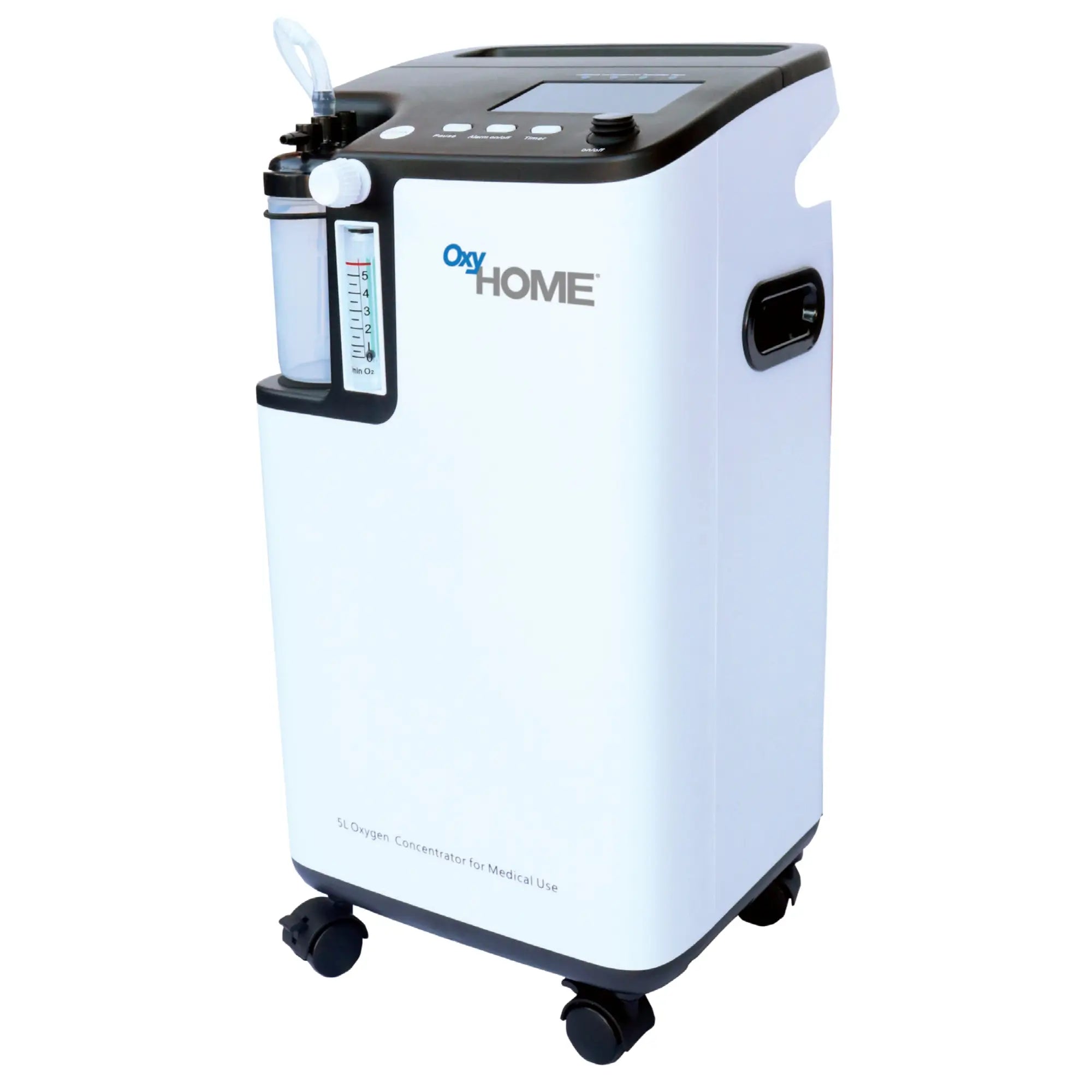Did you know that the USA experiences an average of 4 to 6 hurricanes each year, with some causing power outages lasting for days or weeks?
These outages pose a serious health risk when they interrupt the vital sleep apnea therapy that CPAP users rely on for a good night's rest and overall well-being.
However, we’ve realized that with proper planning, you can weather the storm and keep your CPAP therapy going even during a power outage. That’s why we prepared this blog post to equip you with the top 5 tips for CPAP hurricane preparedness.
We'll cover essential steps like creating a CPAP emergency plan, exploring portable CPAP options, and securing backup power solutions. We'll also discuss protecting your valuable CPAP equipment from storm damage. So, keep reading and be prepared to breathe easy, regardless of the weather!
Creating a CPAP Emergency Plan
Rule #1: Don’t wait for an emergency to start planning!
Creating a CPAP emergency plan ahead of time is essential to navigating hurricane seasons. Be sure to develop this plan with your healthcare provider, homecare company, nursing service, and CPAP equipment supplier (like Sleeplay ).
Here's a step-by-step guide to get you started:
1. Keep Essential Information Handy:
Be prepared to grab and go in a hurry. Start by gathering and keeping the following information readily accessible:
-
Current medications and dosages.
-
Important contact numbers for your doctor, homecare company, and medical equipment supplier.
-
Checklist of essential CPAP supplies for quick packing
2. Prepare a CPAP Emergency Kit:
Assemble a dedicated CPAP emergency kit that includes:
-
Extra CPAP masks and filters .
-
Waterless cleaning solutions like CPAP wipes for your CPAP machine and mask.
-
Replacement tubing
-
Distilled water (if you use a humidifier).
-
Backup battery pack (more on this later in this post).
-
Additional CPAP accessories you use regularly.
-
CPAP Comfort accessories you can’t live without (like mask liners or pillows)
3. Develop an Emergency Medical Plan:
Schedule a consultation with your healthcare provider to discuss your specific needs during an emergency. Together, you can create a plan that outlines:
-
Underlying medical conditions
-
Special instructions for CPAP use during an emergency.
-
CPAP alternatives in case your CPAP becomes unusable.
Remember, preparation is key. By taking these steps now, your mind will be at peace knowing you can continue sleep apnea therapy even when the weather turns bad.
Bonus Tip: Make a digital copy of your emergency plan and CPAP supply checklist. Store this copy in a cloud platform or email it to yourself so you can easily access it from anywhere. You can also print and keep a physical copy of this information in your CPAP emergency kit.
Portable CPAP Machines for Emergencies
A portable CPAP machine can be a lifesaver when storms and hurricanes hit hard. These compact devices offer the same therapeutic benefits as traditional CPAP machines but in a smaller, more travel-friendly package.
Portable CPAP machines allow you to continue your sleep apnea treatment when travelling or experiencing power outages from a bad storm.
Before choosing a portable CPAP machine for emergencies, consider the following features:
-
Noise Level: Loud noises can really disturb your sleep (and those around you), especially if you're somewhere new, like a shelter, hotel or even during a flight. Remember to check noise levels measured in decibels.
-
Ease of Use: A simple and user-friendly interface is crucial during an emergency when stress levels may be high.
-
Compatibility: To avoid additional purchases, ensure the portable CPAP is compatible with your existing masks, filters, and tubing.
-
Battery Life: Choose a model with a long-lasting battery life to ensure uninterrupted sleep throughout the night, even during extended power outages. Also, explore external power solutions to use on the go or when power outlets are unavailable.
Top Portable CPAP Machines
Here's a closer look at some of the leading portable CPAP machines on the market, along with user reviews to help you make an informed decision:
ResMed AirMini™ AutoSet™ Travel CPAP Machine
This machine is praised for its compact size (about the size of a large smartphone) and reliable performance. Many users love its quiet operation and user-friendly app.
A review from a Sleeplay customer : "This is so portable and convenient!!! So glad to finally leave the bulky CPAP at home!”
Transcend Micro Auto Travel CPAP Machine
This lightweight option has a long battery life and a built-in humidifier. People often highlight its portability and ease of use. Certified pre-owned options are available here!
A review from Sleeplay customer : "About the size of a baseball, Transcend Micro Auto does the industry a one up on best features, it takes up minimal space in travel bag and on bedside table. I am amazed that they deliver so many features in such a small package. The Sleeplay team makes online order easy and delivers without delay."
Z2 Auto Travel CPAP Machine
Known for its whisper-quiet operation and simple controls, the Z2 is a great choice for those who prioritize a peaceful night's sleep. Many people appreciate its user-friendly design and comfortable mask. Certified pre-owned options are available here!
A review from a Sleeplay customer: "Great product to have as a backup along with the backup battery, or if you travel a lot, this is the way to go as is FAA approved."
Luna TravelPAP Travel CPAP Machine:
This versatile option offers multiple power options, including battery, DC, and AC power, making it ideal for various situations. Many CPAP users commend its user-friendly interface and wide range of pressure settings.
Portable CPAP Travel Machine Comparison Table
To help you visualize the key differences between these top models, here's a quick comparison table:
|
Feature |
ResMed AirMini
|
Transcend Micro
|
Z2 Auto
|
Luna TravelPAP
|
|
Battery Life |
Up to 13 hours |
Up to 16 hours |
Up to 8 hours |
Up to 12 hours |
|
Size |
5.4 x 3.3 x 2.0 inches |
6.1 x 3.5 x 2.8 inches |
6.3 x 3.5 x 2.0 inches |
6.2 x 3.5 x 2.4 inches |
|
Weight |
0.66 lbs |
0.48 lbs |
0.65 lbs |
0.7 lbs |
|
Noise Level |
30 dB |
27 dB |
26 dB |
27 dB |
|
Power Option |
AC, battery |
AC, battery |
AC, battery, car adapter |
AC, battery, car adapter |
|
User Reviews |
Excellent |
Excellent |
Excellent |
Very Good |
Remember, this is just a starting point. Be sure to consult with your doctor to determine the best portable CPAP option for your specific needs.
Battery Backups and Power Solutions
Storms and power outages can leave you sitting in the dark. Of course, you can deal with most of the inconveniences. But for those who rely on CPAP machines to treat their sleep apnea, a power outage can totally mess with therapy and lead to a whole slew of problems.
A study published in the National Institutes of Health library highlights this big issue. Researchers examined how Hurricane Irma affected sleep apnea patients and found that a whopping 67% of them couldn't use their CPAP machines for an average of 4.3 days .
Of course, the main culprit is the massive power outage. Without a backup plan, these individuals had to deal with their sleep apnea symptoms coming back, like being exhausted during the day, having trouble focusing, and even an increased risk of heart disease.
You can avoid such situations by getting battery backups and alternative power sources. These lifesavers ensure your CPAP therapy continues uninterrupted, even during a power outage.
There are two main types of battery backups for CPAP machines:
-
Integrated Battery Systems: Certain CPAP models have built-in batteries that can provide a few hours of backup power. While these batteries are generally convenient, their runtime is often limited.
-
External Battery Packs: These standalone units offer extended battery life and can power your CPAP machine for a full night's sleep or even longer. Popular options include the Medistrom Pilot-24 Lite, Zopec Explore Mini, and the Freedom CPAP Battery.
Here’s a list of some external battery packs that we believe are great options:
Choosing the Right Battery Backup:
To select the perfect CPAP battery backup, you need to consider several factors:
-
Battery Life: Consider how long you typically use your CPAP machine each night and choose a battery with sufficient capacity to cover that timeframe.
-
Compatibility: Ensure the battery pack is compatible with your specific CPAP model. Some batteries are designed for specific machine types, such as the Transcend Micro PowerAway Battery.
-
Portability: Opt for a lightweight and compact battery pack if portability is a concern.
-
Charging Options: Look for a battery with easy charging options and a reasonable recharge time.
Additional Power Solutions:
For extended outages, you can also keep your CPAP running with these alternative power sources:
-
Solar Panels: Solar panels are a great way to save money and help the environment. They can recharge your CPAP battery or inverter during the day, so you can use it at night without worrying about running out of power.
-
Inverters: These devices convert DC battery power from a car or solar panel into AC power usable by your CPAP machine.
Consult with your healthcare provider or a Sleeplay CPAP expert before using any alternative power source with your CPAP machine to ensure safety and compatibility.
Protecting Your CPAP Equipment
Storms and hurricanes can be rough on everything, but your CPAP machine doesn't have to be a casualty!
Take these simple steps to keep your sleep apnea equipment safe and sound.
-
Store Smart:
First things first, find a secure spot for your CPAP machine. Think high and dry! Floodwaters are no friend to electronics.
Wrap your CPAP equipment in a waterproof container, like the ones we have at Sleeplay (check out the AirMini - Premium Carry Bag or the Travel Bag for Z2 Series CPAP Machines ). You can also get a CPAP Dust Cover and Protector Mat to keep dust and moisture at bay.
-
Post-Storm Inspection:
Once the storm clears, give your CPAP a complete check-up. Look for any signs of electrical damage or water exposure. Make sure everything is dry and functioning properly.
If you use a travel CPAP, consider the Transcend Micro Auto CPAP SleepPak Travel Bag for easy inspection.
-
Cleaning Up:
Cleaning your CPAP is always important, especially after a storm. Use disinfectant wipes or gentle soap and water (check your machine's manual for specific instructions).
Meanwhile, Sleeplay offers a variety of CPAP cleaning wipes , soaps , and even sanitizing machines to keep your equipment sparkling clean.
By following these simple tips, you can ensure your CPAP machine survives the storm and continues to provide you with the restful sleep you deserve.
Recap of Key Points: Be Hurricane Ready with Your CPAP!
Okay, let's review what we covered to ensure you and your CPAP machine are ready to weather any storm. Here's a quick checklist to keep you on track:
CPAP Hurricane Preparedness Checklist
|
Task |
Details |
Completed |
|
Create a CPAP Emergency Plan |
List medications, add contact numbers, and develop a family emergency plan. |
[ ] |
|
Prepare a CPAP Emergency Kit |
Pack extra masks, filters, CPAP cleaning supplies, a portable battery backup, and a waterproof container. |
[ ] |
|
Store Equipment Properly |
Use waterproof containers and covers. Keep your CPAP in a secure, elevated place, and secure it during transport. |
[ ] |
|
Consider a Portable CPAP Machine |
Choose one based on features like noise level and ease of use. Explore options like ResMed AirMini or Transcend Micro Auto. |
[ ] |
|
Purchase a Portable CPAP Machine (highly recommended) |
Look at models like Z2 Auto or Luna TravelPAP if you decide a portable machine suits you. |
[ ] |
|
Ensure Power Supply with Battery Backup |
Select a battery backup compatible with your CPAP, consider charging options, and choose a reliable brand. |
[ ] |
|
Inspect and Maintain Equipment |
Check for electrical damage or water exposure. Ensure everything is dry, functional, and thoroughly clean. |
[ ] |
|
Prepare a First-Aid Kit |
Include bandages, antiseptic wipes, and over-the-counter medications |
[ ] |
Remember, a little preparation can go a long way in ensuring a restful night's sleep, even when the weather gets rough. By following our tips and making a checklist, you can be confident that a hurricane won't disrupt your CPAP therapy.
Conclusion and Next Steps
Hurricanes are undeniably disruptive, but with a little planning, you can ensure your sleep apnea therapy stays on track. This blog post has provided the top tips for CPAP hurricane preparedness, from creating an emergency plan to protecting your equipment.
So, it’s time to be proactive! Don't wait until the storm is brewing to take action. Start by creating a checklist and gathering the essential supplies you'll need.
Want to take a better step further?
Check out Sleeplay’s collection of portable CPAP machines and battery backups to keep your sleep therapy going during a power outage. Explore our selection of top-rated models and find the perfect solution for your needs.
Most importantly, consult your doctor to develop a comprehensive emergency plan for your health condition and CPAP therapy. With some preparation and the right tools, you can be a hurricane hero for your sleep!
Stay safe, sleep soundly, and breathe easy!



